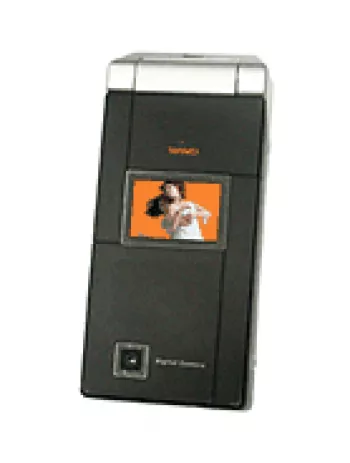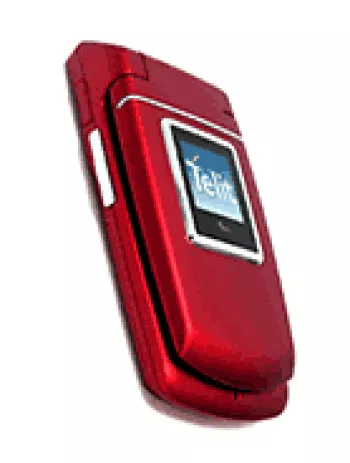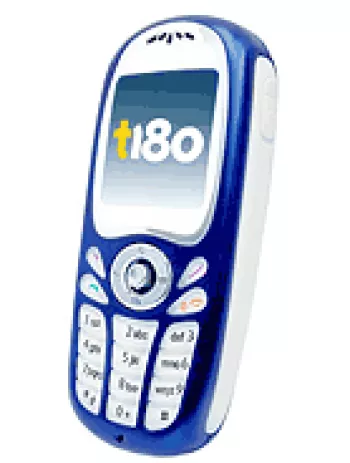
Overview of Telit t650
The Telit t650 is a feature phone announced in the first quarter of 2006. Although it never officially launched, it provides a view into the design and specifications of mid-2000s mobile technology. Similar to many feature phones of its era, it was designed primarily for basic communication, offering essential features for calling and messaging without the advanced functionalities seen in today’s smartphones.
Network and Connectivity
The Telit t650 operated on GSM technology, supporting GSM 900 and 1800 bands, which were common frequency bands in many parts of the world for 2G connectivity. It had GPRS Class 10 support for basic data services, allowing for slow internet connectivity suitable for simple browsing and messaging. However, the device did not support EDGE, which would have provided enhanced data rates for GSM evolution.
Launch Status
Although announced in 2006, the Telit t650's release was eventually cancelled. This could be due to various reasons common in the tech industry, such as shifts in market demand, production issues, or the company's strategic changes.
Design and Body
The Telit t650 featured compact dimensions of 90 x 44 x 17 mm, making it highly portable and easy to handle. Weighing just 90 grams, it was lightweight compared to many modern devices. Its design incorporated a Mini-SIM card slot, typical of its time, and it was available in a classic black color, which was a popular choice for electronic devices.
Display Features
The display on the Telit t650 was a TFT screen with support for 256K colors, offering a moderate level of color detail for viewing images and basic graphics. The screen resolution was 128 x 160 pixels, adequate for displaying the phone's user interface and simple visual content at the time.
Memory and Storage
The Telit t650 was equipped with 64MB of internal storage, which was sufficient for storing essential data such as contacts and messages. It supported microSD cards, allowing users to expand storage for additional content. The phonebook could store up to 500 entries, and it featured support for photo calling, a novel feature at that period. The call log maintained records of the last 10 received, dialed, and missed calls.
Camera Specifications
The device included a VGA camera with a rotating lens, allowing users to switch between capturing images in front or back effortlessly. An LED flash accompanied the camera, aiding in taking pictures in low-light settings. The camera, however, did not support video recording, keeping it limited to still photography.
Audio and Sound
The audio configuration on the Telit t650 did not include a loudspeaker or a 3.5mm audio jack, which limited connectivity with typical headphones and external speakers. It supported vibration and downloadable polyphonic ringtones for alerts.
Communication Features
Despite lacking Bluetooth and WLAN capabilities, the Telit t650 had an infrared port, a common means of data transfer during its time. It did not offer GPS or radio capabilities, and used a proprietary USB connector for charging and data transfer, reflecting the norms before standardized USB ports became widespread.
Software and Applications
The phone supported basic messaging formats, including SMS, EMS, and MMS, making it versatile for text and multimedia messaging. It featured a WAP 2.0 browser, allowing for very basic web access. Java support (MIDP 2.0) meant the device could run simple Java-based applications and games, which were popular on feature phones.
Battery Performance
The Telit t650 was powered by a removable Li-Ion 800 mAh battery, reflective of the smaller battery capacities of feature phones compared to modern smartphones. The battery size was sufficient for the lower power demands of the device, which primarily operated on 2G networks.
Conclusion
In the context of its time, the Telit t650 appeared to be a promising feature phone designed for users seeking basic communication tools in a compact and lightweight design. Although it was cancelled before reaching the market, its specifications provide insight into mid-2000s mobile technology, highlighting the transitionary period of mobile devices that would eventually lead to the more advanced smartphones we know today.
Key Features of Telit t650
- GSM Technology supporting 2G bands (900/1800)
- Compact Dimensions: 90 x 44 x 17 mm
- Lightweight at just 90 g
- 256K color TFT display with a resolution of 128 x 160 pixels
- Expandable storage with microSD card slot
- Phonebook supporting 500 entries with photocall feature
- VGA rotating lens main camera with LED flash
- Infrared port availability
- Supports SMS, EMS, MMS messaging
- WAP 2.0 Browser for internet access
- Java support (MIDP 2.0)
- Removable Li-Ion 800 mAh battery
Drawbacks of Telit t650
- Cancelled device, announced in 2006 Q1 but never released.
- Limited to GSM technology without 3G or higher capabilities.
- No EDGE support for faster data speeds.
- Display size is unspecified with a low resolution of 128 x 160 pixels.
- VGA main camera without video recording capability.
- Lacks a selfie camera.
- No loudspeaker and missing 3.5mm audio jack for headphones.
- No Bluetooth, WLAN, GPS, or radio functionalities.
- Only infrared port available for connectivity, with a proprietary USB interface.
View Also
More Phones
All Rights Reserved +13671 Phones © Mobilawy 2025

























